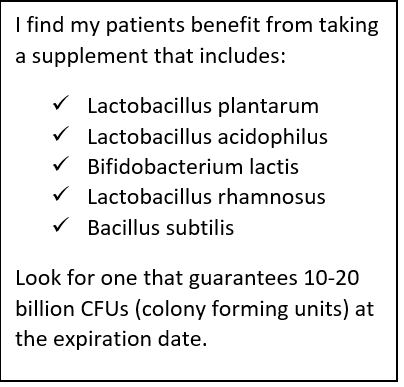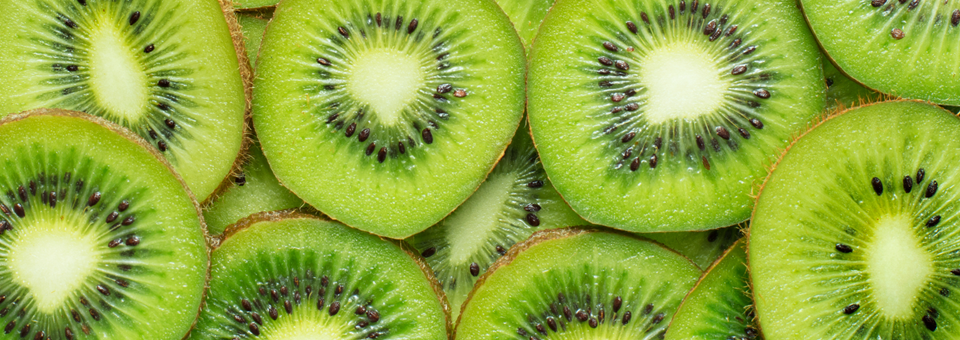Inflammation is your body’s reaction to a diet we didn’t evolve to eat. It can cause what’s known as toxic gut syndrome, which can lead to a broken heart…
There are natural ways to beat toxic gut syndrome, but returning to the meat-based diet our ancestors ate is not enough anymore. Let me explain…
Today’s ranchers aren’t interested in the quality of their beef. It’s a big industry, and they are focused on making a profit. So they feed their cattle a combination of grain, soy and corn. But cattle evolved to eat grass.
You know the old saying: “You are what you eat.” If the beef you eat comes from grain-fed cattle, then you’re eating all those inflammation-friendly grains as well.
And this toxic syndrome causes your gut to become way out of balance — and allows dangerous heart-breaking bacteria to thrive.
You see, inflammation begins in your gut. And certain gut bacteria produce a vital enzyme called fatty acid synthase, or FAS.
But when your microbiota is out of balance, FAS production screeches to a halt. This has a devastating effect on your health.
You see, FAS is critical for keeping the mucus layer of your intestine intact, and preventing the microbes in your gut from leaking into your cells. And when you don’t have this protective layer in your intestine, bad bacteria invade your bloodstream.
This creates inflammation in heart cells — leading to restricted blood flow and arterial blockages, a major cause of heart attack, heart failure and stroke.1 Meanwhile researchers at the Cleveland Clinic found that atherosclerosis is a direct result of a gut chemical called TMAO.
A brand-new animal study proved that too much TMAO — the result of a toxic gut — is a direct link to oxidative stress, inflammation and the shrinking
of blood vessels leading to the heart.People with the highest levels of TMAO are 62% more likely to experience serious cardiovascular problems than those with the lowest levels.2 Luckily, you can heal your broken heart by fixing your gut…
It starts with choosing foods that contain the prebiotic inulin. Prebiotics are a special kind of nondigestible fiber. These living microorganisms pass through your gut and remain undigested because your body can’t break them down.
In other words, prebiotics act like fertilizer — feeding your probiotics so they can do their job. Great sources of inulin include bananas, asparagus, onions, garlic, leeks and Jerusalem artichokes.

Then add in the probiotics. These will help recolonize your gut with healthy bacteria and crowd out the bad bacteria. You get a good supply from fermented foods like fresh sauerkraut, kefir, kvass and kimchi and cultured dairy.
I also recommend adding these gut-friendly foods to your diet…
- Kiwi. Kiwi is high in actinidin, a protease enzyme that helps your body break down and digest proteins. Actinidin also helps the small intestine absorb proteins faster. Research has found that kiwi decreases bloating and constipation by increasing movement through the GI tract.
- Raw honey. Honey contains a wide range of digestive enzymes, including: diastasis to digest starch; amylase to break down sugars; invertase to break down sucrose; and protease to break down proteins into amino acids.
- Green bananas. Unripe bananas contain a fiber resistant starch that is broken down and eaten by the gut bacteria, making it a great source of prebiotics. Resistant starch has been shown to have a positive effect on gut health and to increase bowel movements. It also helps you feel fuller longer.
To Your Good Health,

Al Sears, MD, CNS
1. Koren O, et al. “Human oral, gut, and plaque microbiota in patients with atherosclerosis.” Proc Natl Acad Sci U S A. 2011;108(Suppl 1):4592–4598.
2. “Healthy gut, healthy heart? How the trillions of bacteria in your intestinal tract play a role in your cardiovascular health.” Harvard Heart Letter. June 2018.

